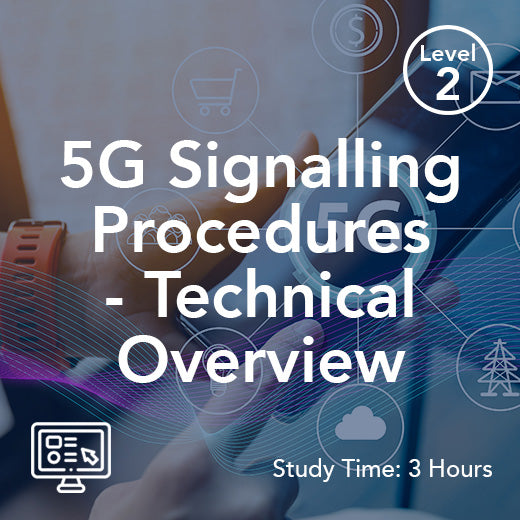Kısa Çerçeveler Arası Uzay (SIFS)
- , by Paul Waite
- 2 min reading time
Kısa Çerçeveler Arası Alan (SIFS), özellikle Wi-Fi gibi kablosuz iletişim protokolleri bağlamında, telekomünikasyon alanında önemli bir bileşendir. Kesintisiz bağlantı talebinin artmaya devam ettiği Birleşik Krallık'ta, verimli veri iletimi ve alımının sağlanmasında SIFS'nin önemini anlamak büyük önem taşımaktadır.
SIFS, kablosuz ağların işleyişini yöneten IEEE 802.11 standardının ortam erişim kontrolü (MAC) katmanında hayati bir mekanizma görevi görür. Belirli çerçeve türleri için kablosuz ortama öncelikli erişim sağlayan ve cihazlar arasında zamanında ve düzenli veri alışverişine olanak tanıyan kısa bir süredir. Esasen SIFS, cihazların yapılandırılmış bir şekilde veri iletip almasını sağlayarak bir trafik düzenleyici görevi görür ve böylece çakışma olasılığını azaltır ve ağ genelinde sorunsuz bilgi akışı sağlar.
Yüksek hızlı internet ve güvenilir bağlantıya sürekli ihtiyaç duyulan Birleşik Krallık telekomünikasyon ortamında, SIFS'nin ağ performansını artırmadaki rolü göz ardı edilemez. Farklı çerçeve türleri arasında net sınırlar oluşturarak ve önceden tanımlanmış kurallara göre öncelikli erişim atayarak SIFS, gecikmeyi en aza indirmeye, veri akışını optimize etmeye ve genel ağ verimliliğini artırmaya yardımcı olur.
Pratikte, SIFS'nin etkisi, tren istasyonları veya alışveriş merkezleri gibi kalabalık kamusal alanlarda, birden fazla cihazın sınırlı bant genişliği için rekabet ettiği çeşitli senaryolarda gözlemlenebilir. Onay (ACK) veya gönderme isteği (RTS) paketleri gibi kritik çerçeveler için kısa bir çerçeveler arası boşluk uygulayarak, SIFS temel verilerin gecikmeden iletilmesini sağlayarak paket çakışması ve yeniden iletim riskini azaltır.
Ayrıca, SIFS'nin uygulanması, kablosuz ağlardaki hizmet kalitesi (QoS) mekanizmalarını desteklemede önemli bir rol oynayarak, IP üzerinden ses (VoIP) veya video akışı gibi zamana duyarlı uygulamaların önceliklendirilmesine olanak tanır. Dijital hizmetlerin günlük yaşamın ayrılmaz bir parçası haline geldiği Birleşik Krallık'ta, tutarlı ve güvenilir bağlantılar sağlama yeteneği hayati önem taşır ve SIFS bu hedefe ulaşmada önemli bir rol oynar.
Teknik açıdan bakıldığında, SIFS'nin süresi genellikle Dağıtılmış Çerçeveler Arası Alan (DIFS) veya Genişletilmiş Çerçeveler Arası Alan (EIFS) gibi diğer çerçeveler arası alanlardan daha kısadır ve bu da kritik veri alışverişlerini hızlandırmak için tasarlanmış yüksek öncelikli bir aralık olarak rolünü yansıtır. Tanımlanmış SIFS süresine bağlı kalarak, cihazlar iletim programlarını etkili bir şekilde koordine edebilir, çekişmeleri en aza indirebilir ve genel ağ verimini en üst düzeye çıkarabilir.
Sonuç olarak, Kısa Çerçeveler Arası Alan (SIFS), modern kablosuz ağların mimarisinde temel bir unsur olarak yer almakta ve veri iletimi ve alımı için yapılandırılmış bir çerçeve sunmaktadır. Kesintisiz bağlantı talebinin artmaya devam ettiği Birleşik Krallık'ta, SIFS'nin rolünü ve önemini anlamak, ağ performansını optimize etmek, gecikmeyi azaltmak ve ülke genelindeki kullanıcılar için güvenilir bir iletişim ortamı sağlamak açısından hayati önem taşımaktadır.

































